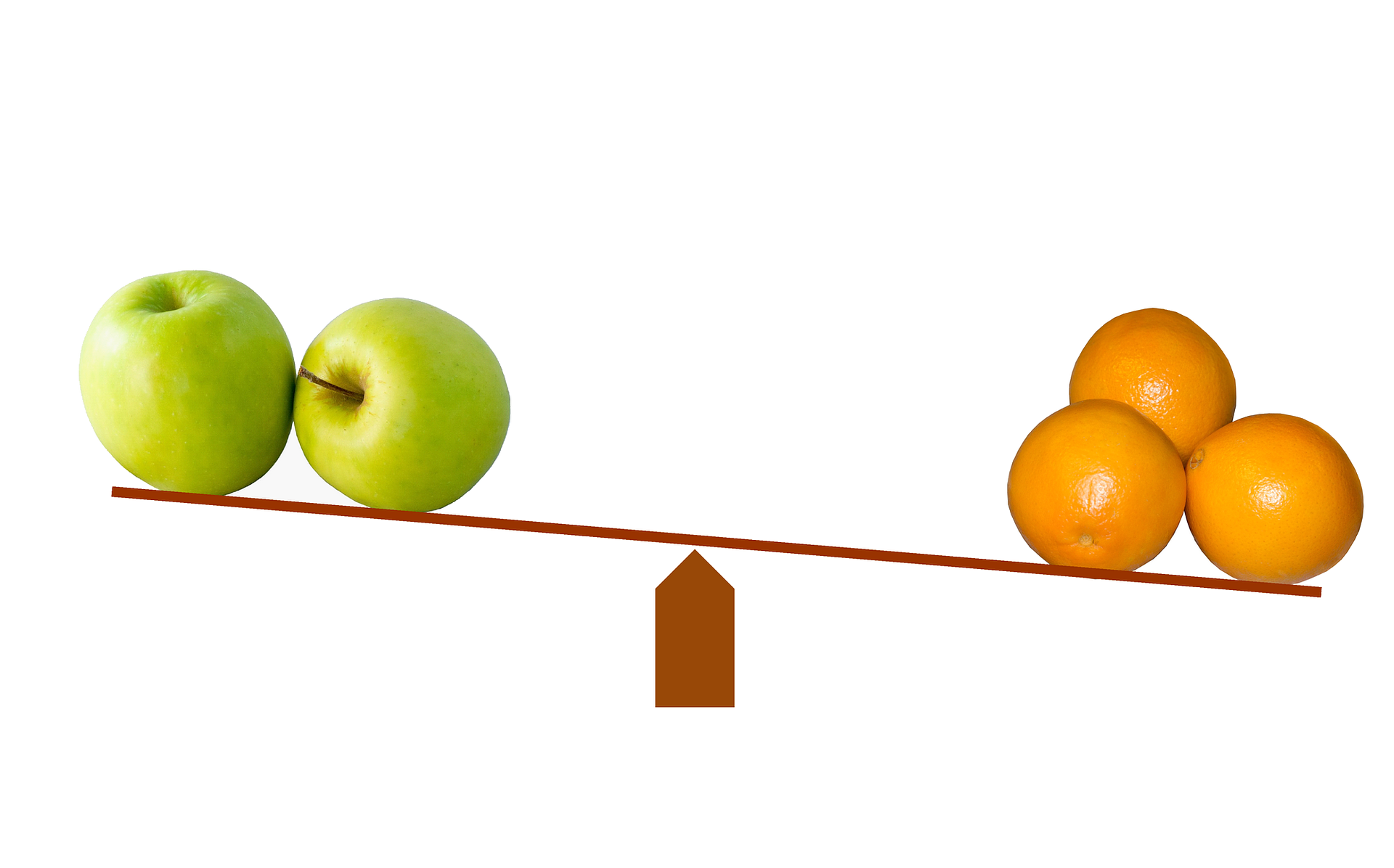Since COVID-19 became the topic on social media, people have thrown around comparisons to all sorts of situations, most of those comparisons, invalid. As an avid user of comparative historiography, its misuse pains me. Comparisons when used well shine a light on aspects of history that people neglected to pay attention to. When used incorrectly, however, the damage it leaves behind nearly surpasses whatever negative attempt the user tried to nullify with the invalid comparison.
The first type of invalid comparison, related to COVID-19, usually involved either the number of infections and deaths or money spent to treat and the particular pet issue of the social media poster. Usually, the person leaves out part of the comparison to emphasize the injustice perpetrated on their pet issue. For example, a casual acquaintance of mine on Facebook made a post a couple weeks ago about the then up for debate aid package in Congress, loudly declaring that veterans suffering from PTSD deserve that amount. I agree. However, these two crises differ significantly. Any result you get with such a comparison taints itself with invalidity.
I use the following example to explain the issue with that type of comparison. Imagine these crises as cracks in the foundation. The crack representing COVID-19 threatens to open up over the Grand Canyon in the immediate future. Does that mean that we shouldn’t fix the other cracks? Certainly not. They need to be fixed as well, just not in the same rapid time frame. As a side note, the person who posted the above referenced post has changed their tune almost completely and tagged me in a comment to acknowledge that I may have been right all along. Completely unexpected.
The second type of invalid comparison involves cherry picking data. I have referenced some of these comparisons before. One of them picked election years and found an epidemic to go along with that year. While this comparison uses accurate facts, it leaves out inconvenient truths about these selected facts. For example, the H1N1 pandemic began early in 2009 and continued into 2010. Yet, people put H1N1, commonly referred to as swine flu, next to 2010. Additionally, every calendar year holds both some sort of epidemic like influenza as well as some sort of election in America on one level or another. Cherry picked data lends itself to the fostering of unsubstantiated conspiracy theories.
Another example of cherry picked data for comparison tells much of individual selfishness. Though the number of people making the comparisons of COVID-19 to the so-called “common” flu. People trot out the number of people who have died in this season’s outbreak and cast aspersions on the relatively low number of deaths so far from COVID-19. (As the numbers, continue to change and increase especially in countries like Italy, Spain and now the United States, they have increasing trouble making those comparisons.) When presenting the number of deaths, they leave out the rest of the story, the part that shows the number of infections, a data point that when combined with reported deaths can be used to calculate the mortality rate, a much more valuable data point for comparison.
However, the more i thought about this comparison, the more it disconcerted me. Those numbers of deaths from the flu should anything but reassure us. Those deaths, each one of that nearly incomprehensible number, represents a human life, a person with love, life, and families. Instead of reassuring us, those numbers should tell us that the house is on fire. It should motivate us to get serious about hand washing and proper hygiene so we can help prevent all these needless deaths. Unfortunately, until these tragedies touch our personal life, as happened with the poster I mentioned towards the beginning of this post, we see little need to act. Perhaps, this international tragedy will spur some collective social change.
